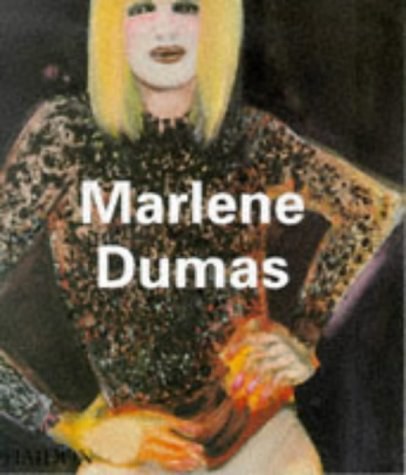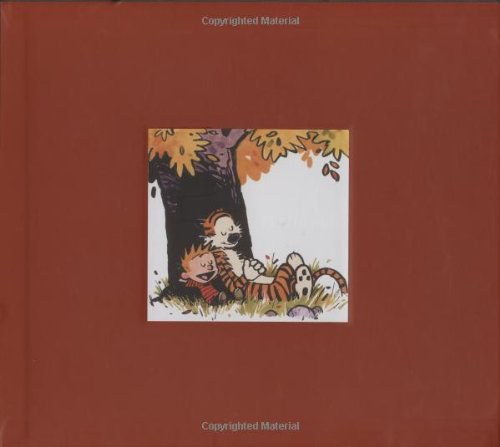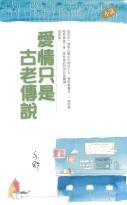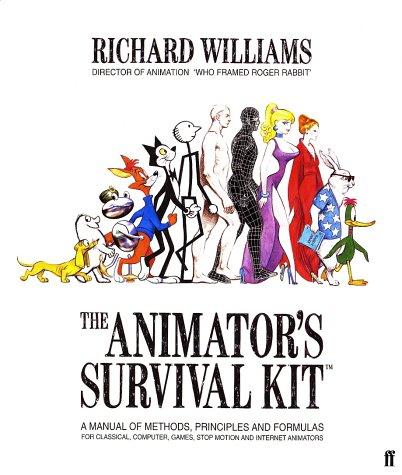
Eric R·Kandel《The Age of Insight》
书刊介绍
内容简介
A brilliant book by Nobel Prize winner Eric R. Kandel, The Age of Insight takes us to Vienna 1900, where leaders in science, medicine, and art began a revolution that changed forever how we think about the human mind—our conscious and unconscious thoughts and emotions—and how mind and brain relate to art.
At the turn of the century, Vienna was the cultural capital of Europe. Artists and scientists met in glittering salons, where they freely exchanged ideas that led to revolutionary breakthroughs in psychology, brain science, literature, and art. Kandel takes us into the world of Vienna to trace, in rich and rewarding detail, the ideas and advances made then, and their enduring influence today.
The Vienna School of Medicine led the way with its realization that truth lies hidden beneath the surface. That principle infused Viennese culture and strongly influenced the other pioneers of Vienna 1900. Sigmund Freud shocked the world with his insights into how our everyday unconscious aggressive and erotic desires are repressed and disguised in symbols, dreams, and behavior. Arthur Schnitzler revealed women’s unconscious sexuality in his novels through his innovative use of the interior monologue. Gustav Klimt, Oscar Kokoschka, and Egon Schiele created startlingly evocative and honest portraits that expressed unconscious lust, desire, anxiety, and the fear of death.
Kandel tells the story of how these pioneers—Freud, Schnitzler, Klimt, Kokoschka, and Schiele—inspired by the Vienna School of Medicine, in turn influenced the founders of the Vienna School of Art History to ask pivotal questions such as What does the viewer bring to a work of art? How does the beholder respond to it? These questions prompted new and ongoing discoveries in psychology and brain biology, leading to revelations about how we see and perceive, how we think and feel, and how we respond to and create works of art. Kandel, one of the leading scientific thinkers of our time, places these five innovators in the context of today’s cutting-edge science and gives us a new understanding of the modernist art of Klimt, Kokoschka, and Schiele, as well as the school of thought of Freud and Schnitzler. Reinvigorating the intellectual enquiry that began in Vienna 1900, The Age of Insight is a wonderfully written, superbly researched, and beautifully illustrated book that also provides a foundation for future work in neuroscience and the humanities. It is an extraordinary book from an international leader in neuroscience and intellectual history.
相关推荐
-

蜂蚁疗法-(实用图示)(最新蜂蚁疗法随身工具书)
蜂蚁疗法-(实用图示)(最新蜂蚁疗法随身工具书) 目录 上篇 蜂针疗法入门一、蜂针疗法概论(一)蜂针疗法的概念(二)蜂针疗法的药理作用(三)蜂针治疗的功效(四)...
-

不成熟的父母
《不成熟的父母》内容简介:如果一个孩子在童年时, 渴望与父母亲密,却常常被疏远和拒绝; 有什么优点或成就,都得不到父母的关注
-

伯克毕生发展心理学-从0岁到青少年-(第4版)
伯克毕生发展心理学-从0岁到青少年-(第4版) 本书特色 劳拉·E·伯克编著的《伯克毕生发展心理学(第4版)》是美国发展心理学领域*权威的教材,其结构是以年龄阶...
-

摆脱失眠有妙招
摆脱失眠有妙招 本书特色 《摆脱失眠有妙招》写到,随着社会、经济的快速发展,竞争日益加剧,工作压力加大,生活节奏加快,个人生活规律往往也被打乱。有的人工作、休息...
-

李志刚教授之儿童穴位大全
李志刚教授之儿童穴位大全 本书特色 孩子学习累了做做眼保健操,但你真的真的知道四白穴、睛明穴、太阳穴,等等,这些穴位的位置吗? 为什么把孩子带到中医院,经医生的...
-
![[美] 大卫·伯恩斯《焦虑情绪调节手册》](http://oss.shudanhao.com/caiji/chazidian/2023/41491.jpg)
[美] 大卫·伯恩斯《焦虑情绪调节手册》
《焦虑情绪调节手册》是一本绝无仅有的真正伟大的心理治疗书。作者伯恩斯博士循循善诱,平易近人,向人们讲述了希望拥有好心情的
-

魔法岁月
《魔法岁月》内容简介:塞尔玛·弗雷伯格是美国幼儿心理健康和发展精神卫生治疗领域创始人之一,著名儿童精神分析专家,《魔法岁月
-

凤凰生活·知食分子的食养全书--冬补食养药膳
凤凰生活·知食分子的食养全书--冬补食养药膳 内容简介 凤凰生活顾问让您了解四大功能冬补药膳推荐食谱三十八种;凤凰健康专家介绍了四大功能冬补药膳食补要点及适用食...
-

儿童心理学手册(第六版)第一卷 人类发展的理论模型(全二册)
儿童心理学手册(第六版)第一卷 人类发展的理论模型(全二册) 本书特色 《儿童心理学手册(第1卷)(上下卷)(第6版)》由华东师范大学出版社出版。儿童心理学手册...
-

浮生六记:双语版
《浮生六记:双语版》内容简介:本书是清朝沈复著于嘉庆十三年(1808年)的自传体散文。因其以真言述真情,从不刻意造作,得以浑然
-

乌合之众:大众心理研究
乌合之众:大众心理研究 本书特色 古斯塔夫·勒庞*的《乌合之众(大众心理研究 )》深入细致地分析了群体的特点,颠覆了人们对群 体的认知。作者指出,...
-

每天都会用到的趣味心理学
每天都会用到的趣味心理学 本书特色 选*有味的视角读*好玩的心理心理学隐秘白金法则,FBI每日贴身研读百余个趣味心理学话题,破译内心世界密码一本超好玩的心理学时...
-

女孩养育指南:心理学家给父母的12条建议
《女孩养育指南:心理学家给父母的12条建议》内容简介:如今的女孩面临着很大的压力,她们不仅要面临学业压力、同伴压力,而且要面
-

不听话也OK
《不听话也OK》内容简介:一系列“叛逆法则”,综合众多儿童心理学家、早教专家、儿童教育工作者的观点和经验,以儿童的成长规律为
-

家庭用药指迷
家庭用药指迷 本书特色 该书主要针对人们生活中的常见病、多发病及人们保健、养 生的需要,向人们介绍了一些常用到的医疗保健知识、常用药及营 养药的药理 质、...
-

食物相克与相宜速查手册
食物相克与相宜速查手册 本书特色 精选100余种常见食物,分析营养、功效,解析1000余组食物搭配宜忌,拓展食物的选购、清洗、储存、烹饪小知识,介绍46种常见疾...
-

未竟的依恋
《未竟的依恋》内容简介:◆西班牙殿堂级心理学家,浓缩50年研究成熟佳作。◆那些未曾释怀的过往与心结、生活的种种境遇,如何影响
-

女性杂症单方验方疗法
女性杂症单方验方疗法 内容简介 本书收载治疗女性月经病、带下病、子宫疾病、妊娠合并症、产后病等杂症的单方验方千余首,每方包括组成、用法和功效。这些单、验方取材方...
-

47种生物讲述的地球生命故事
《47种生物讲述的地球生命故事》内容简介:地球的一生广博而深邃,其时间尺度大到超出人类的想象。地球上生命历史的巨大规模,从在
-

我是怎样摆平焦虑的
我是怎样摆平焦虑的 本书特色 他担心自己生病,担心自己会死,不敢与人接触,甚至没法出门。但如今的他,不仅料理好了自己,还帮助了50多个国家和地区的人们摆平焦虑。...





